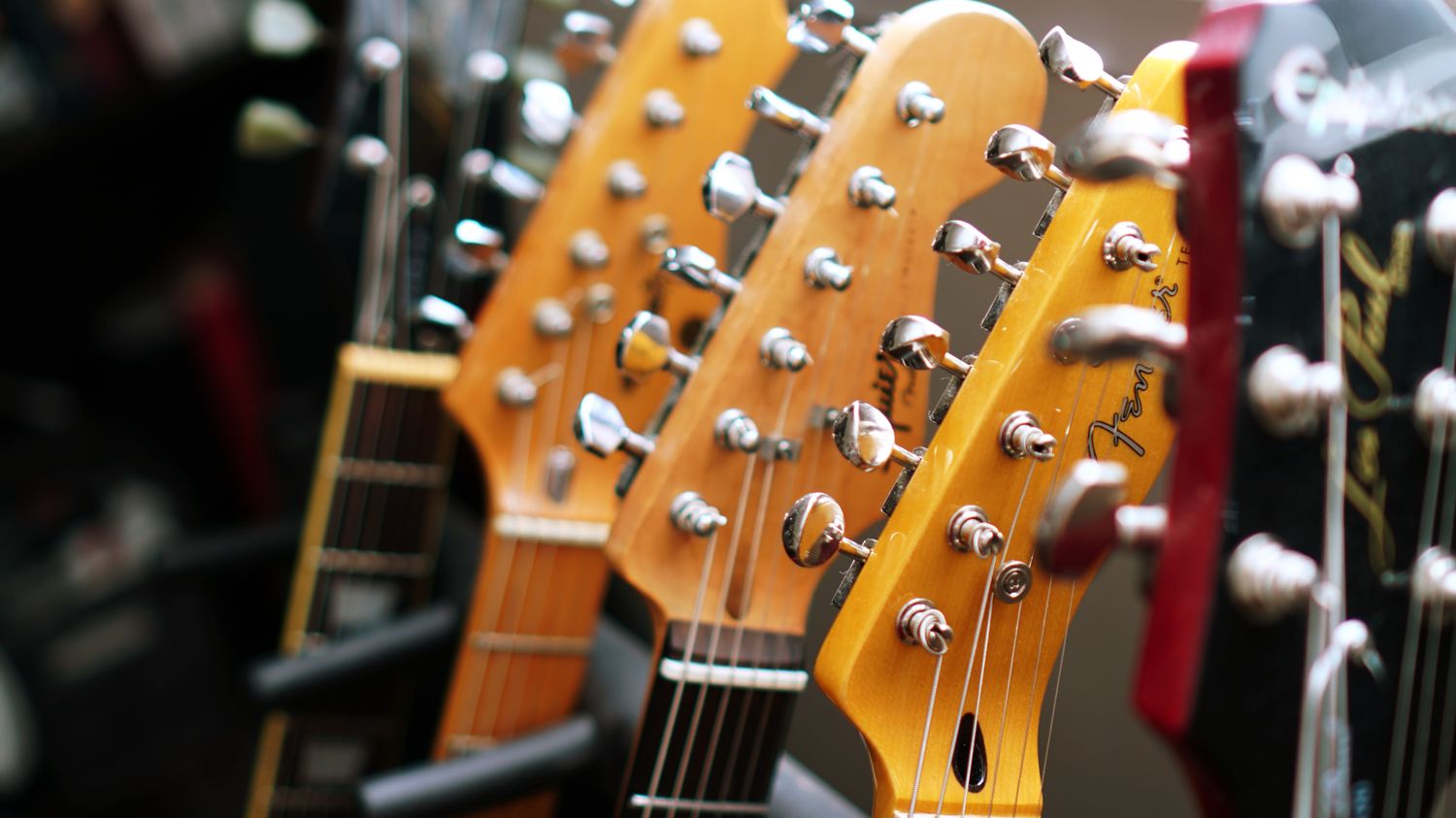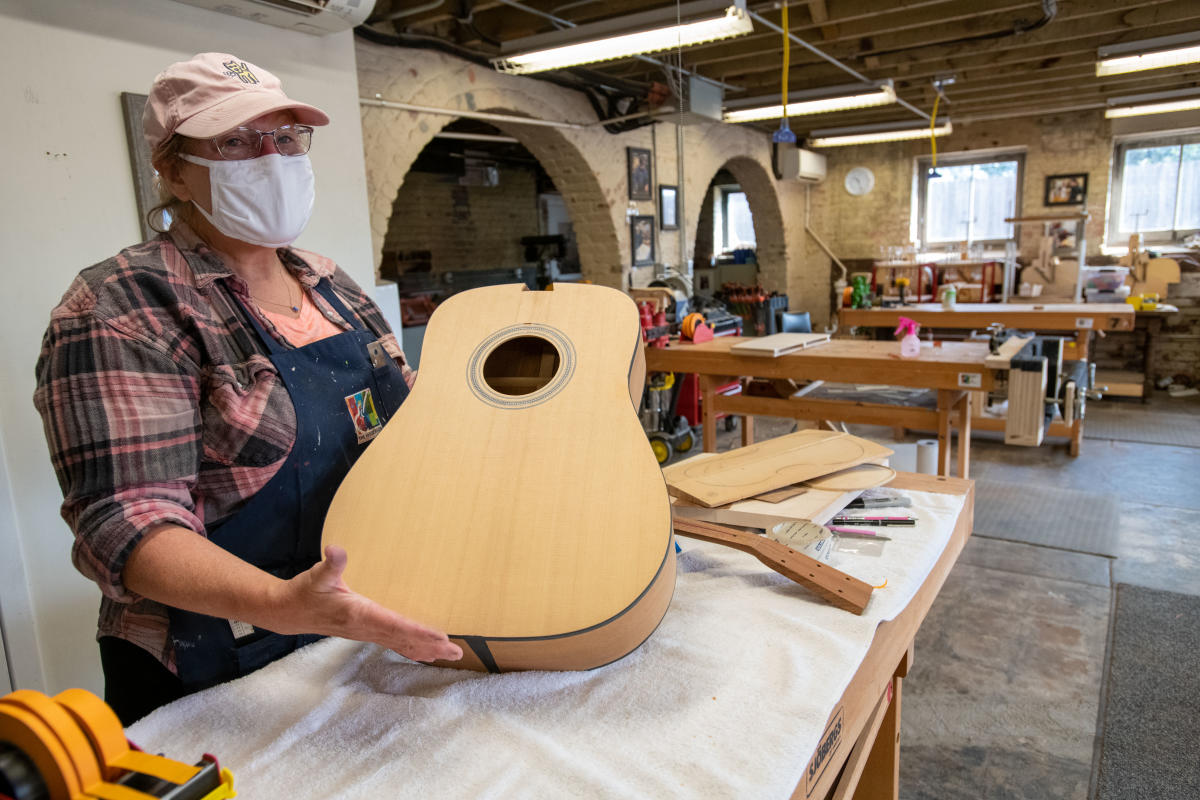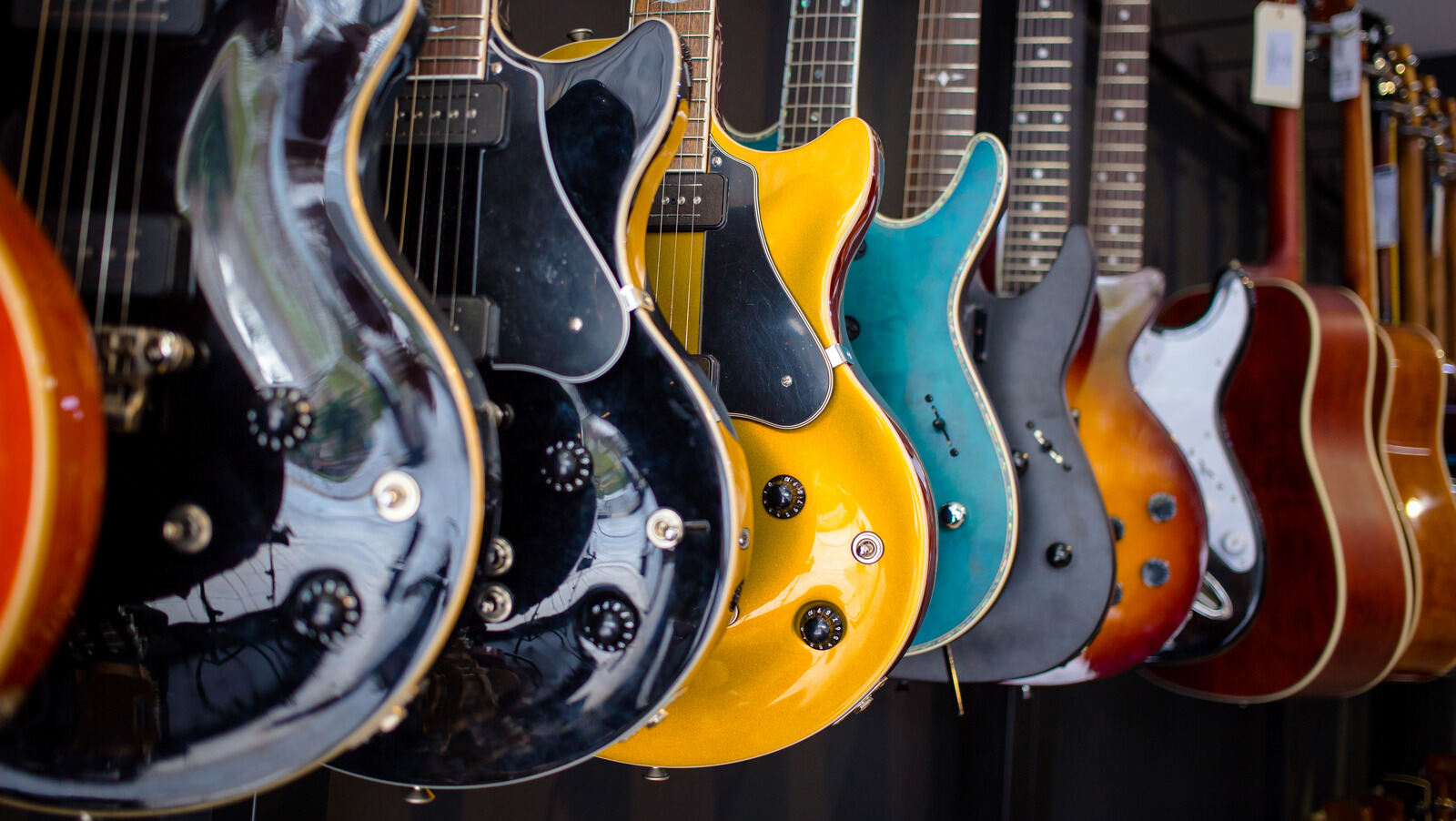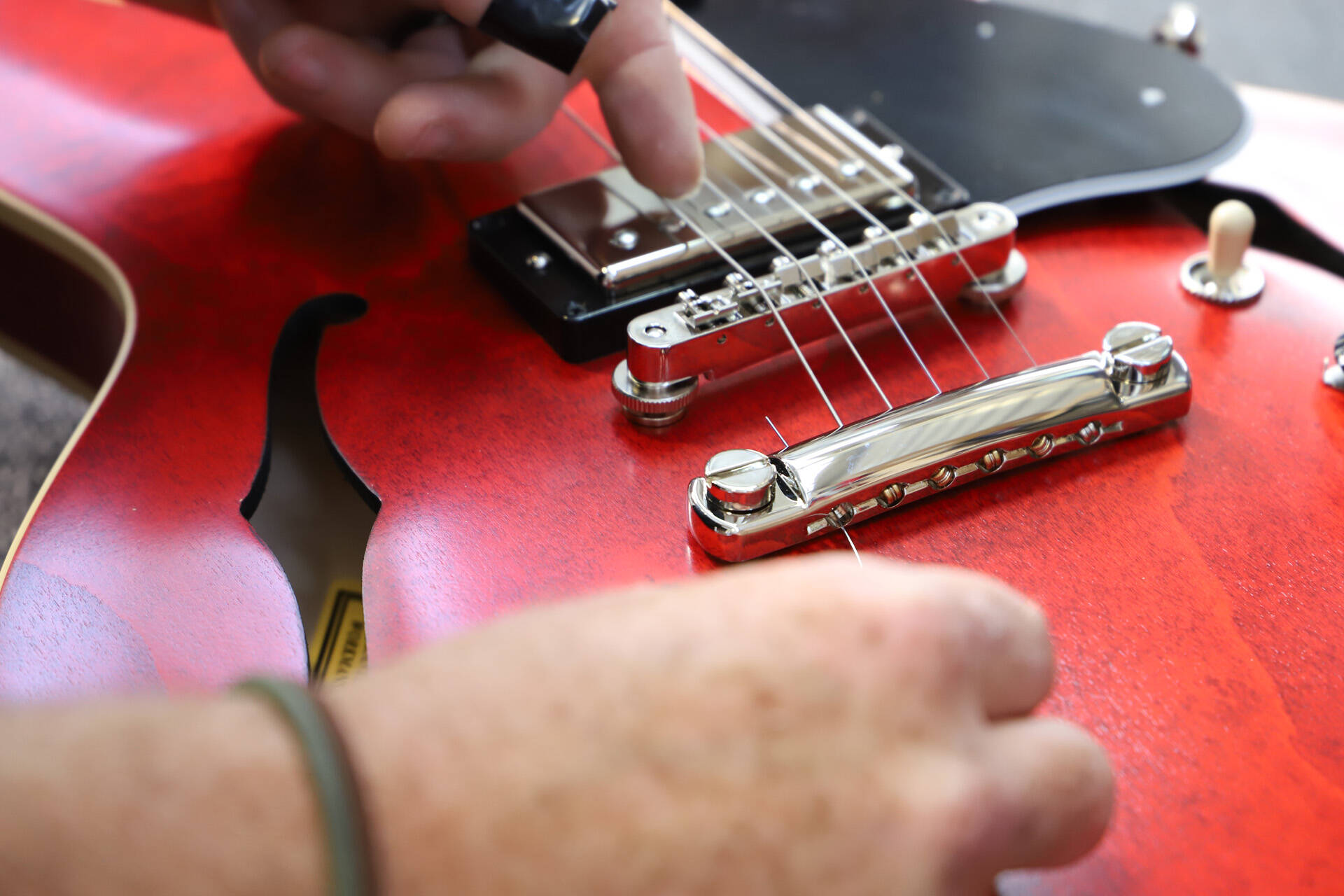Home>Instruments>Guitar>What Is An Electric Guitar Made Of


Guitar
What Is An Electric Guitar Made Of
Published: February 15, 2024
Discover the materials used in crafting electric guitars and how they impact the instrument's sound and performance. Learn about the components that make up a guitar. Explore the construction of guitars and the significance of different materials.
(Many of the links in this article redirect to a specific reviewed product. Your purchase of these products through affiliate links helps to generate commission for AudioLover.com, at no extra cost. Learn more)
Table of Contents
Introduction
Electric guitars are iconic instruments that have played a pivotal role in shaping the landscape of modern music. Their distinct sound and versatility have made them a staple in various genres, from rock and blues to pop and jazz. While the appeal of electric guitars often lies in their aesthetic and sonic qualities, understanding the components that make up these instruments can deepen one's appreciation for their craftsmanship and engineering.
In this article, we will delve into the fundamental question: What is an electric guitar made of? By exploring the intricate construction of electric guitars, we aim to provide a comprehensive overview of the materials and components that contribute to their unique sound and playability. From the body and neck to the pickups and hardware, each element serves a crucial function in shaping the instrument's tone and feel.
Whether you're an aspiring guitarist, a seasoned musician, or simply a curious enthusiast, uncovering the anatomy of electric guitars can offer valuable insights into their design and performance. Join us on this exploration as we unravel the inner workings of these beloved instruments and gain a deeper understanding of what sets electric guitars apart in the realm of music.
Body
When examining the composition of an electric guitar, several key components come into play, each contributing to the instrument’s overall sound and playability. Let’s take a closer look at the primary elements that make up an electric guitar:
- Body: The body of an electric guitar is typically crafted from wood, with popular choices including mahogany, alder, ash, and maple. The body’s design and wood type significantly influence the instrument’s resonance and tonal characteristics. Additionally, the shape of the body, whether it’s a classic single-cutaway design or a sleek double-cutaway style, can impact both the guitar’s aesthetics and upper-fret access.
- Neck: Electric guitar necks are commonly made from maple, mahogany, or other sturdy woods. The neck’s construction, including its profile and scale length, can affect the instrument’s playability and feel. Furthermore, the fretboard, often crafted from rosewood or ebony, influences the guitar’s tonal response and tactile experience for the player.
- Pickups: Pickups are electromagnetic devices that capture string vibrations and convert them into electrical signals. Most electric guitars feature one or more pickups, such as single-coil or humbucker variants, each imparting distinct tonal characteristics. The placement and configuration of pickups contribute to the guitar’s tonal versatility and sonic range.
- Hardware: The hardware of an electric guitar encompasses various components, including the bridge, tuners, and control knobs. These elements not only facilitate tuning stability and intonation but also offer tonal shaping capabilities through tone and volume controls. Additionally, the choice of bridge type, such as fixed or tremolo systems, can impact the guitar’s sustain and pitch modulation capabilities.
By understanding the materials and components that constitute an electric guitar, players and enthusiasts can gain a deeper appreciation for the instrument’s craftsmanship and sonic potential. Whether it’s the resonant properties of the body wood, the responsiveness of the pickups, or the ergonomic design of the neck, each aspect plays a vital role in shaping the guitar’s sonic footprint and playability.
Conclusion
Exploring the composition of electric guitars unveils a tapestry of craftsmanship and engineering, showcasing how each element harmonizes to produce the instrument’s iconic sound and playability. From the resonant tonewoods used in the body and neck to the magnetic pickups that capture the nuances of string vibrations, every facet of an electric guitar contributes to its sonic identity.
Understanding what an electric guitar is made of not only fosters a deeper connection with the instrument but also empowers players to make informed choices based on their tonal preferences and playing styles. Whether it’s the warm, mellow tones of a mahogany-bodied guitar or the crisp, articulate sounds of a maple-necked instrument, the materials and components play a pivotal role in shaping the sonic palette available to guitarists.
Moreover, the evolution of electric guitar construction has led to innovations that cater to diverse musical genres and performance demands. From the advent of versatile pickup configurations to advancements in hardware and ergonomic design, electric guitars continue to evolve, offering musicians an ever-expanding range of tonal possibilities and expressive capabilities.
As we reflect on the question “What is an electric guitar made of?” we unravel not only the physical composition of the instrument but also the artistry and passion infused into its creation. Electric guitars stand as timeless icons, embodying the marriage of tradition and innovation, and inspiring countless musicians to embark on sonic journeys that transcend genres and generations.
So, whether you’re drawn to the vintage allure of classic designs or the boundary-pushing innovations of modern craftsmanship, the materials and components that form the essence of electric guitars serve as a testament to the enduring allure and sonic richness of these beloved instruments.
As we continue to celebrate the artistry and ingenuity behind electric guitar construction, let us embrace the boundless creativity and sonic exploration that these instruments inspire, shaping the musical landscape with their enduring presence and captivating allure.











